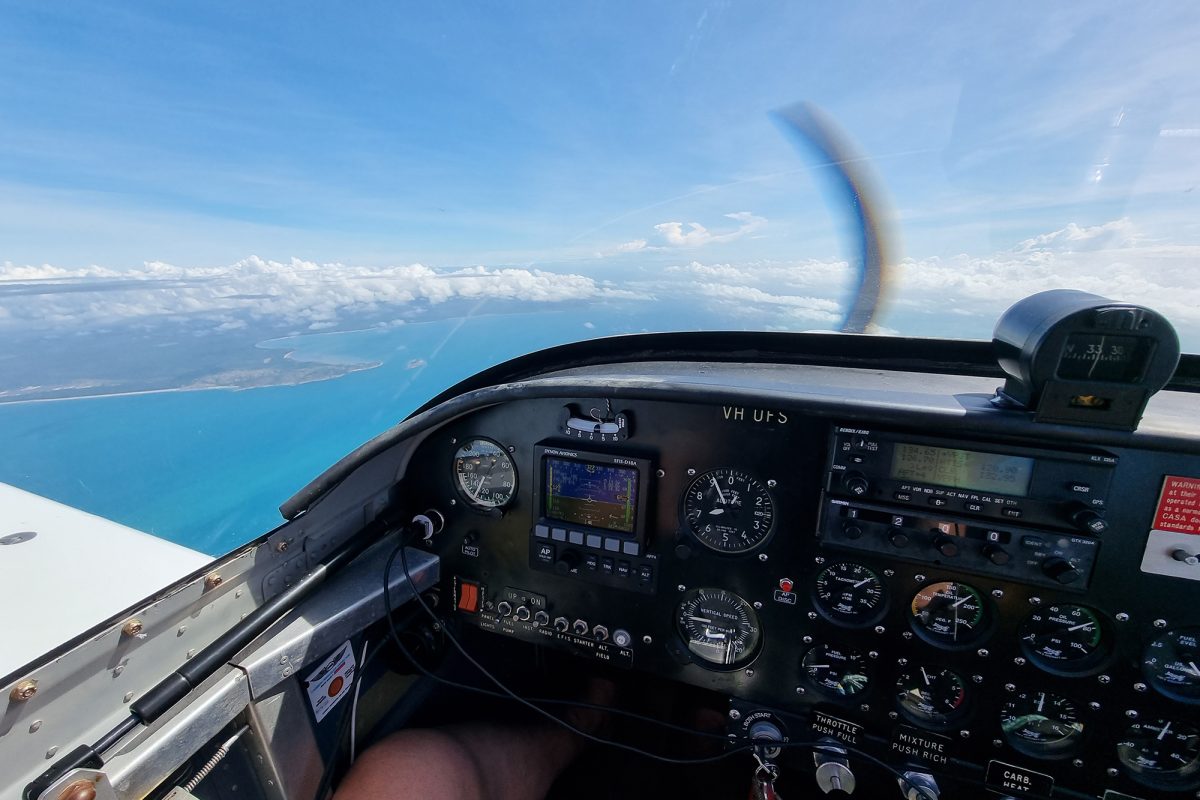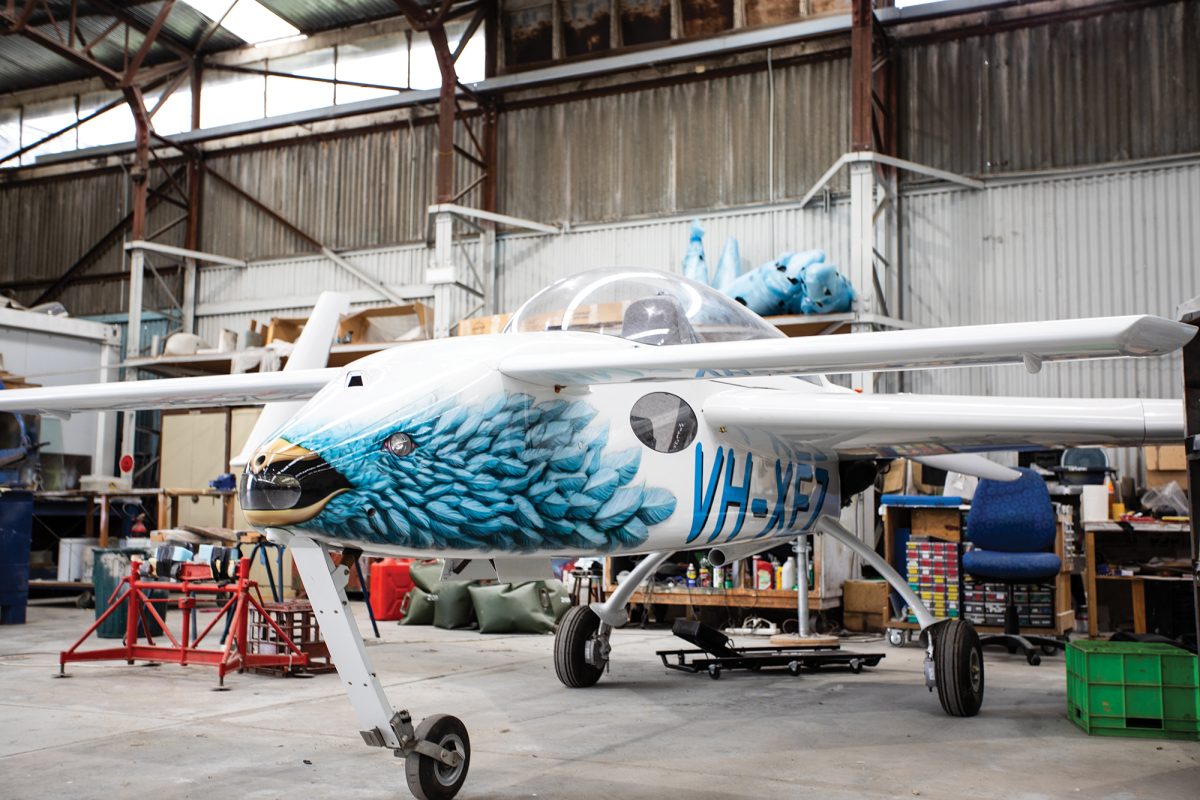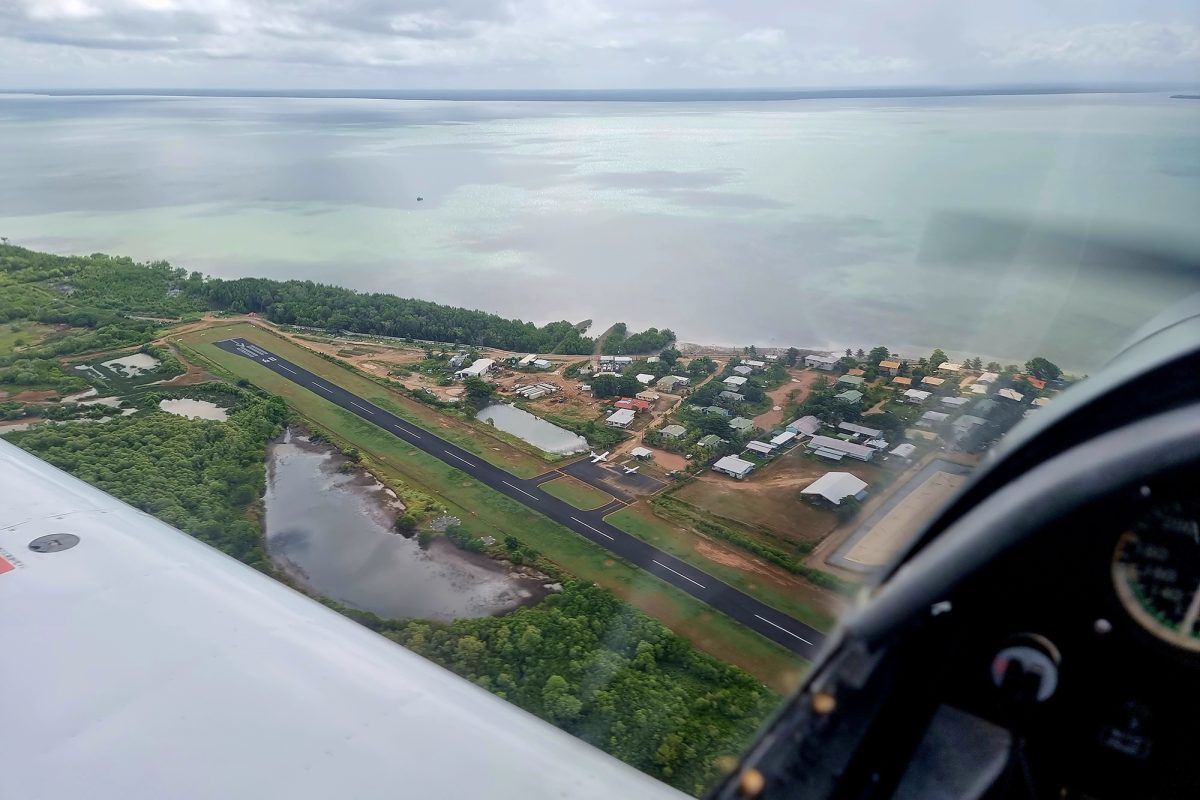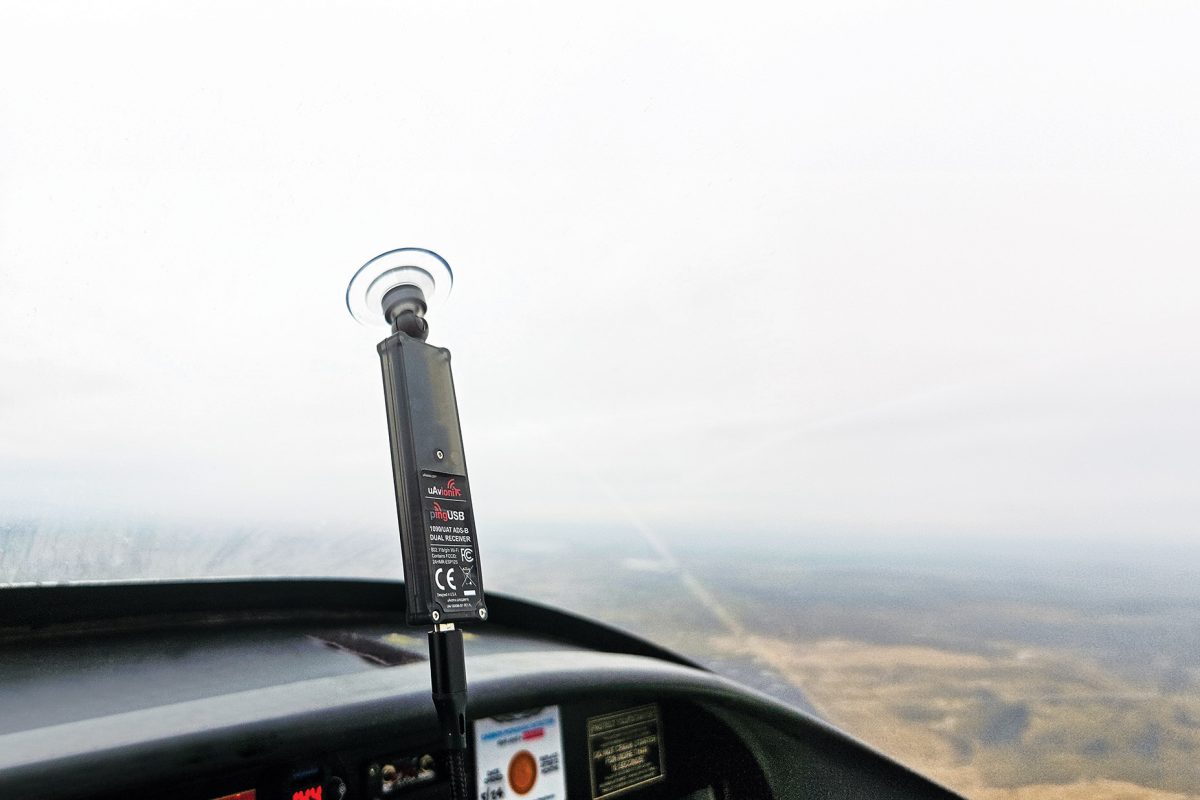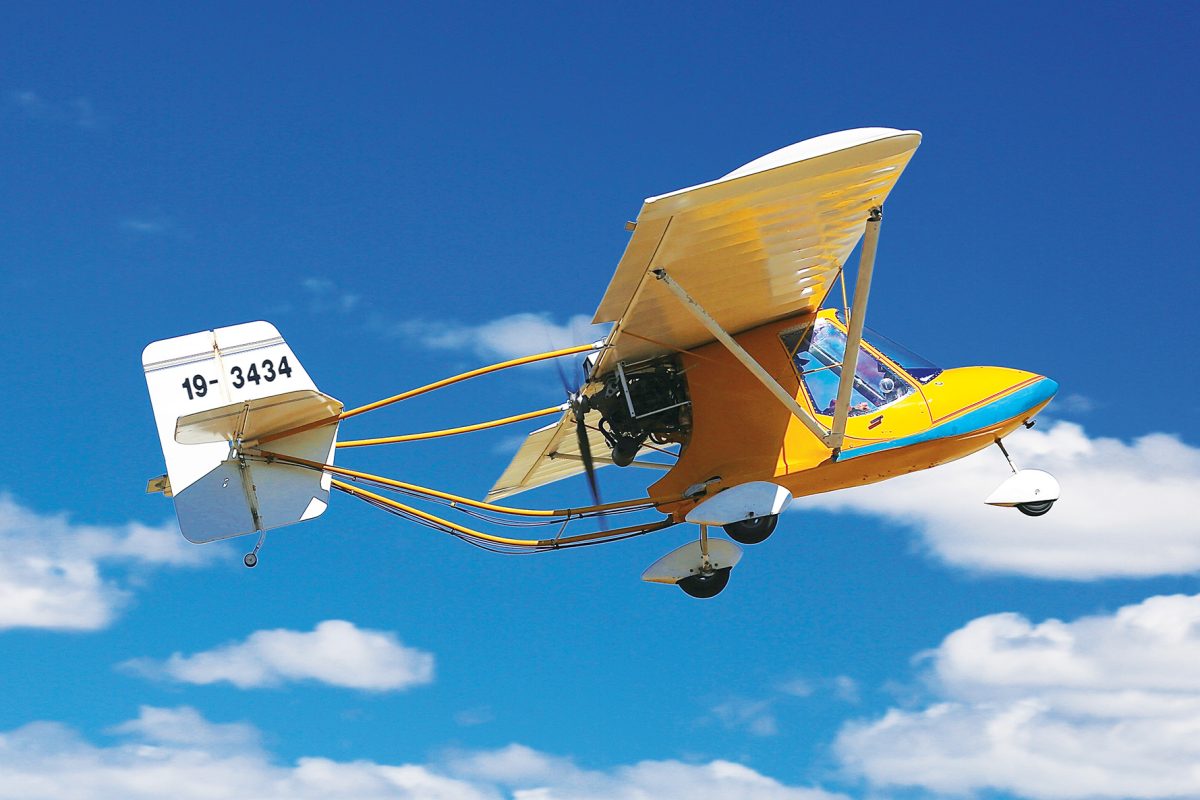INNOVATION AND IMPROVEMENT
Following National Safety Month, here are a few reminders that are always useful to revisit. There is plenty more – from safety products to useful stories and tips – read on at www.raa.asn.au.
ARE YOU BECOMING COMPLACENT?
Before we continue, stop and ask yourself, are you becoming complacent in your flying? The danger surrounding complacency is that it often goes undetected until being faced with a close call, an incident, or an accident.
So how can we recognise it before it catches us off guard?
- Use checklists
- Practice emergency procedures
- Conduct a risk assessment
- Know your personal minimums
- Fly every flight as accurately as possible
- Treat every flight as though you have an instructor on board
- Don’t let comfort result in becoming complacent
- Continue to challenge yourself
- Remember that even the most experienced pilots have accidents
VFR INTO IMC
VFR into IMC refers to a flight conducted under visual flight rules (VFR) operating below VFR minimum conditions where visual references may be lost by the pilot. This includes operating in and around cloud, fog, rain or smoke.
Top tips to avoid VFR into IMC
- Conduct thorough pre-flight weather planning prior to flight and obtain updated reports where possible
- Avoid pressure to continue with a flight if conditions are marginal
- Avoid the potential for complacency by not conducting thorough planning when flying a familiar route
- Have an alternate destination in case weather conditions deteriorate
- Make the decision to turn around early, even if you are close to your destination
- Check that conditions are not closing in around and behind you
- If conditions continue to deteriorate, carry out a precautionary landing in a suitable location.
- If you find yourself above cloud, do not hesitate to contact air traffic control for directions or assistance (admitting you have made a mistake is better than not making it home).
In the event you do inadvertently enter IMC – Do not panic. Maintain a scan on your instruments and avoid becoming fixated on any one instrument. Make a gentle turn back out of the cloud (in the direction of lowest terrain) and request assistance from air traffic control if available.
COMPLACENCY SELF-CHECK
- When was the last time you practiced forced landings?
- Do you know the V-speeds of your aircraft and when each should be flown (Vs, Vso, Vx, Vy, Vne)?
- Are you confident you can instinctively, quickly and accurately respond with the correct actions following an unexpected engine failure?
- Have you started to normalise risks in your daily operations?
- Have your personal minimums faded?
- When was the last time you conducted a dual training flight to improve your skills?
- Are you conducting a specialised activity without appropriate training or endorsements leaving you unaware of potential risks (farm spotting, bush flying, mustering, low level)?
- Are you accepting standards other than what you know is your best?
- Not flying accurate altitudes?
- Not maintaining accurate speeds on take-off and approach?
- Is your confidence exceeding your ability?
- If you had an instructor on board, would you be conducting each flight in the same manner, accepting the same standards?
